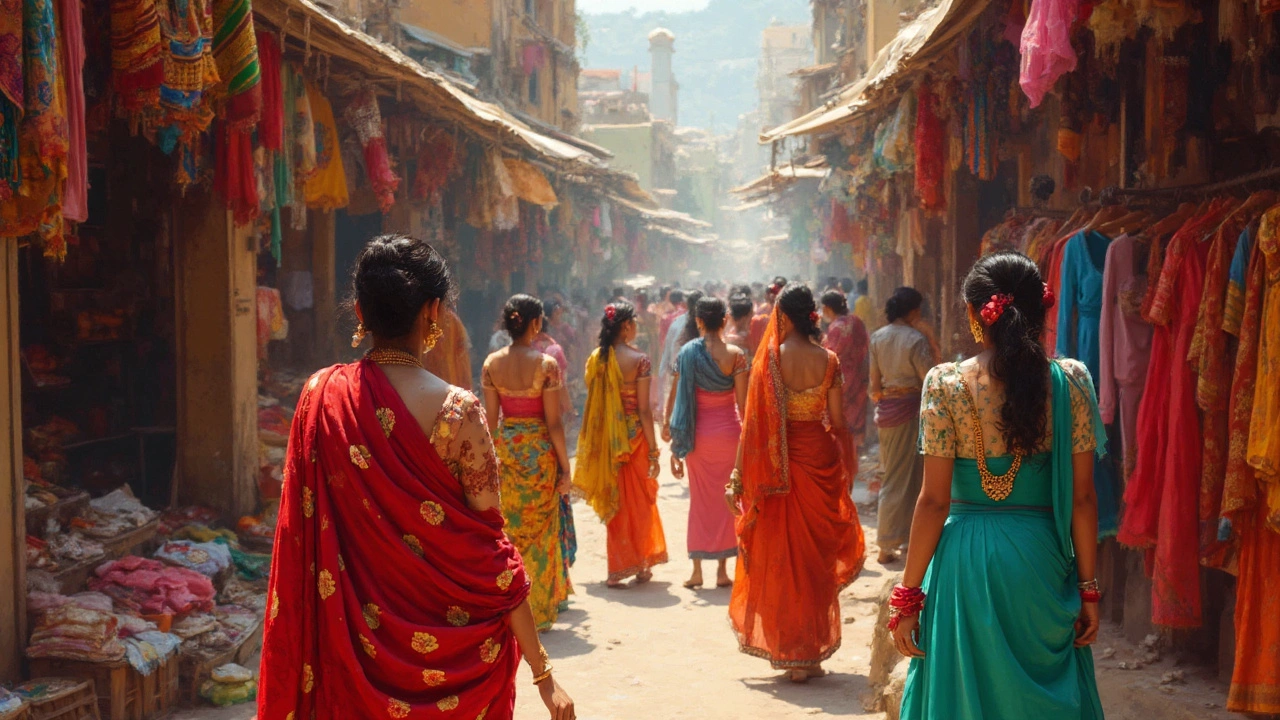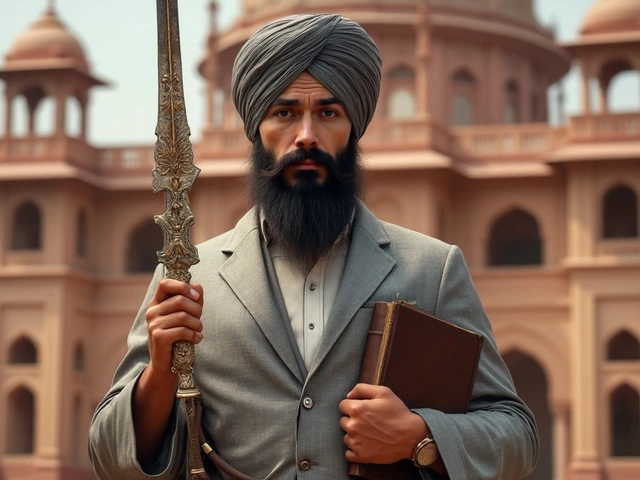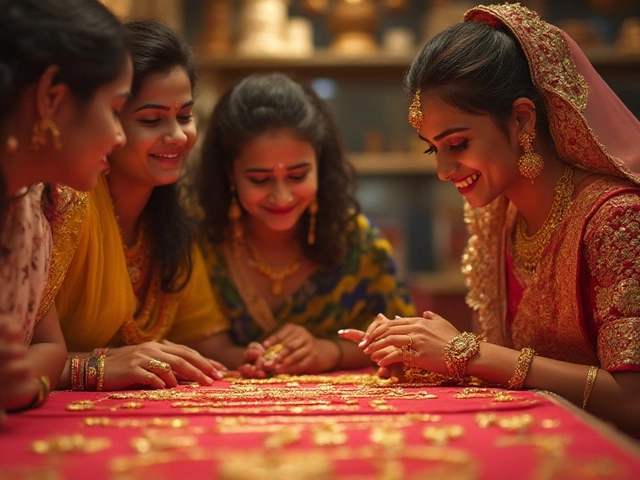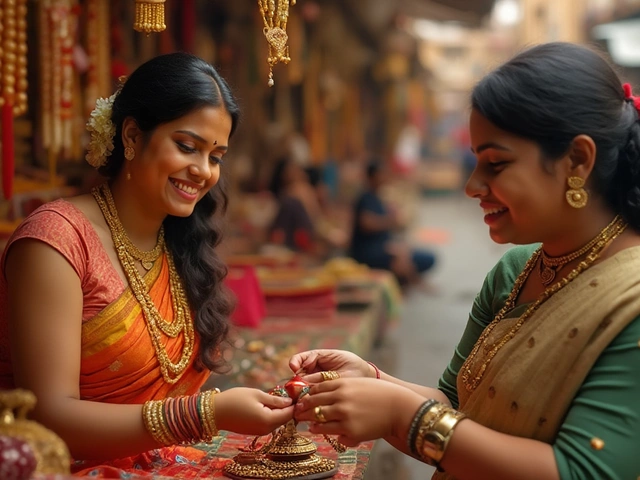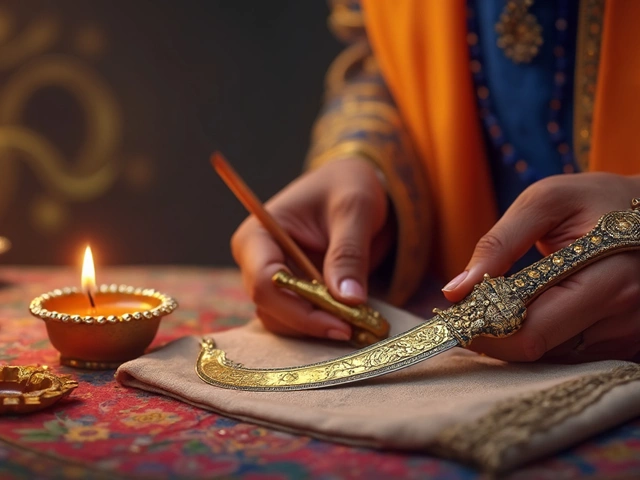Traditional Attire: Your Quick Guide to Indian Ethnic Wear
Indian traditional clothing is more than fabric – it’s a story of culture, climate, and celebration. Whether you’re heading to a wedding or a family gathering, the right outfit can make you feel comfortable and confident. Below you’ll find the most common styles, the fabrics that work best, and easy tips to look great without over‑thinking.
Top Traditional Outfits You’ll See Across India
Saree – The classic six‑yard drape is the go‑to for most formal events. You can play with silk for elegance, cotton for everyday comfort, or georgette for a breezy look.
Salwar Kameez – A pair of loose trousers with a fitted tunic. It’s perfect for hot weather because the pants stay airy while the kameez can be embroidered or plain.
Kurta‑Pajama – A simple straight‑cut kurta with matching pajama pants. It works for both casual and semi‑formal occasions, especially when paired with a Nehru jacket.
Lehenga Choli – A flared skirt with a cropped blouse, often seen at weddings. Heavy embroidery and rich fabrics like brocade or velvet make it stand out.
Ghagra Choli – Similar to a lehenga but usually lighter, perfect for festive dances and regional celebrations.
Choosing the Right Fabric and Accessories
Fabric matters as much as style. Cotton and linen keep you cool in summer; silk, satin, and pashmina add warmth for winter events. If you’re traveling between climates, breathable fabrics like bamboo‑cotton blends are a smart backup.
Accessories complete the look. Gold or silver jewellery, black bangles, and matching nose studs add cultural flair. When you wear a saree, a simple bindi and a pair of earrings can elevate the outfit without stealing the spotlight.
Don’t forget comfort. Try the weight test – lift the garment and see if it feels manageable for hours. A well‑tailored kurta should sit at the shoulders without pulling, and a saree’s pleats should stay in place without constant adjustment.
Mixing modern touches is fine too. Pair a traditional kurti with skinny jeans or layer a silk scarf over a cotton salwar kameez for a fresh vibe. The key is to keep one element bold and the rest simple.
Finally, think about the occasion. Weddings call for richer fabrics and more elaborate jewellery, while a temple visit favors modest, plain clothing. Knowing the event’s dress code helps you avoid over‑ or under‑dressing.
With these basics, you can pick an outfit that respects tradition and fits your personal style. Ready to shop? Browse RH Jewellers for matching pieces that complement any Indian attire you choose.
Types of Dresses in India: Your Guide to Fashion Essentials
Navigating the vibrant world of Indian fashion can be exciting but overwhelming. From sarees to lehengas and kurtis, India offers a rich tapestry of styles that blend tradition with modern trends. Discover the versatility and cultural significance behind these iconic pieces, explore tips on accessorizing them, and learn about the varying styles across different regions.
